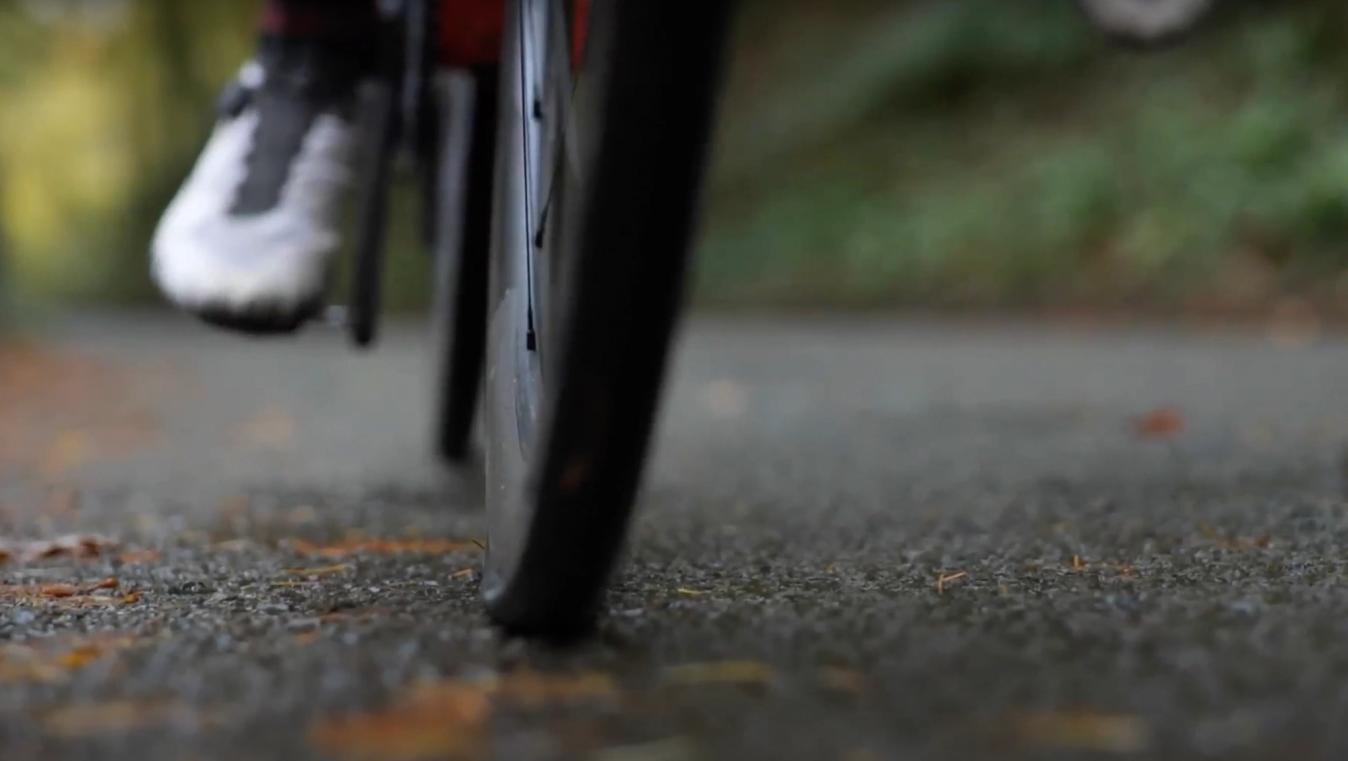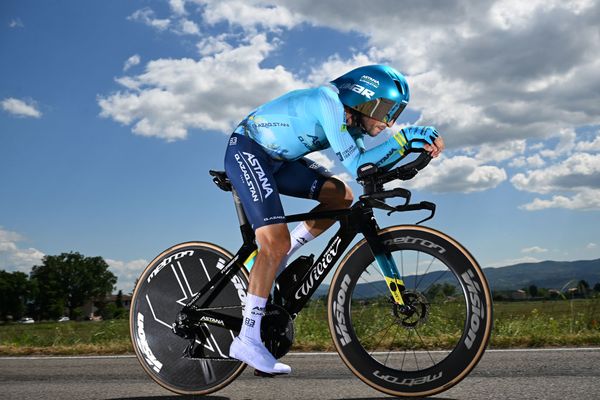Tom Pidcock leans into bike tech science with low tyre pressure and shorter crank length
The Ineos rider revealed his adoption of new bike tech science that offers untapped performance benefits
Alex Hunt
Junior Tech Writer
© Velo Collection (TDW) / Getty Images
Pidcock has revealed some interesting setup choices including very low tyre pressures
In the latest episode of the Sigma Sports cafe ride series XC Mountain Bike World Champion Tom Pidcock (Ineos Grenadiers) reveals that he now uses incredibly low tyre pressures on the road and is also experimenting with shorter crank lengths.
Tyre science is in somewhat of a renaissance at the moment with tubeless and hookless technological advancements driving research into how to get the most out of them.
Tyres are continuing to grow in size with a lot of the professional peloton now using 28c tyres as standard but also the use of 30c or even 32c tyres in some races. This naturally promotes a lower tyre pressure to be used however for a 28c road tyre most people would be going for between 75-90 psi.
Pidcock, however, has revealed that he runs his tyres at around 60 psi. Not that long ago a tyre pressure that low would have been considered on its way to being flat. This does make more sense when you factor in that Pidcock himself weighs in south of 60 kilos however for most riders it does hint that we may want to let some air out of our tyres.

© GCN
Lower tyre pressures allow the tyre to conform to the surface of the road and reduce energy losses due to high-frequency vibrations
It is also worth noting that Tadej Pogačar (UAE Team Emirates) has also been on the low-pressure trend for a while now, using 30c tyres at around 55 psi for most of the 2023 season. This move to lower pressures certainly didn't hold him back on the way to victories through the calendar.
With the dawn of hookless rims lower tyre pressures are now becoming more commonplace. This is because the maximum pressure a hookless rim is certified to is 73 psi. We have looked at tyre pressure before on GCN and found that one of the biggest contributors to tyre performance is how well it can handle dampening out high-frequency vibrations. The lower the pressure the more the tyre is able to deform allowing continuous contact with the road surface and minimising energy losses due to vibration.
This is still early in the understanding of the efficiency of tyres in regards to vibration impending but the understanding of this is likely to drive a change in tyre design and compound use that is optimised around a lower pressure.
Another trend that Pidock has confirmed he is leaning into this year is the move to shorter cranks. Currently, the Ineos rider uses 170mm cranks but is trialling the use of 160mm cranks on his time trial bike. One of the big advantages of using shorter cranks is that there is a notable aero benefit to be had.
The shorter cranks allow the saddle height to be upped a little bit bringing the torso more horizontal and reducing the rider's frontal area. The shorter cranks also mean that slightly less of the thigh is exposed to the wind during a pedal revolution once again aiding the aerodynamic efficiency of the rider.
Shorter crank lengths are also attributed to better acceleration for attacks as the smaller circumference of the pedal revolution means that the leg has to travel a smaller distance to complete a revolution. This means that when revving the cadence up during an attack the smaller crank length will allow for a snappier turn of speed.
Pidcock is not the only rider on this trend with Pogačar also using shorter than typical cranks at 165mm in length. It is an interesting development to see crank lengths being shortened after years of believing that a longer crank length provided more torque from a bigger lever.
As more riders trial this hopefully some objective data will surface on the measured benefits that using shorter crank lengths can have both in regards to pedalling dynamics as well as the aerodynamic benefit.
For all the latest tech and racing news be sure to head over to those sections of the GCN website and for more on the bikes the pros are using don’t forget to check out our pro bike section as well.













.jpg?w=600&auto=format)
